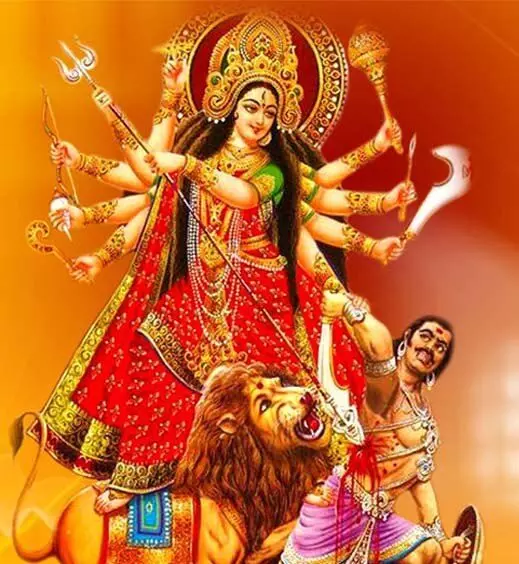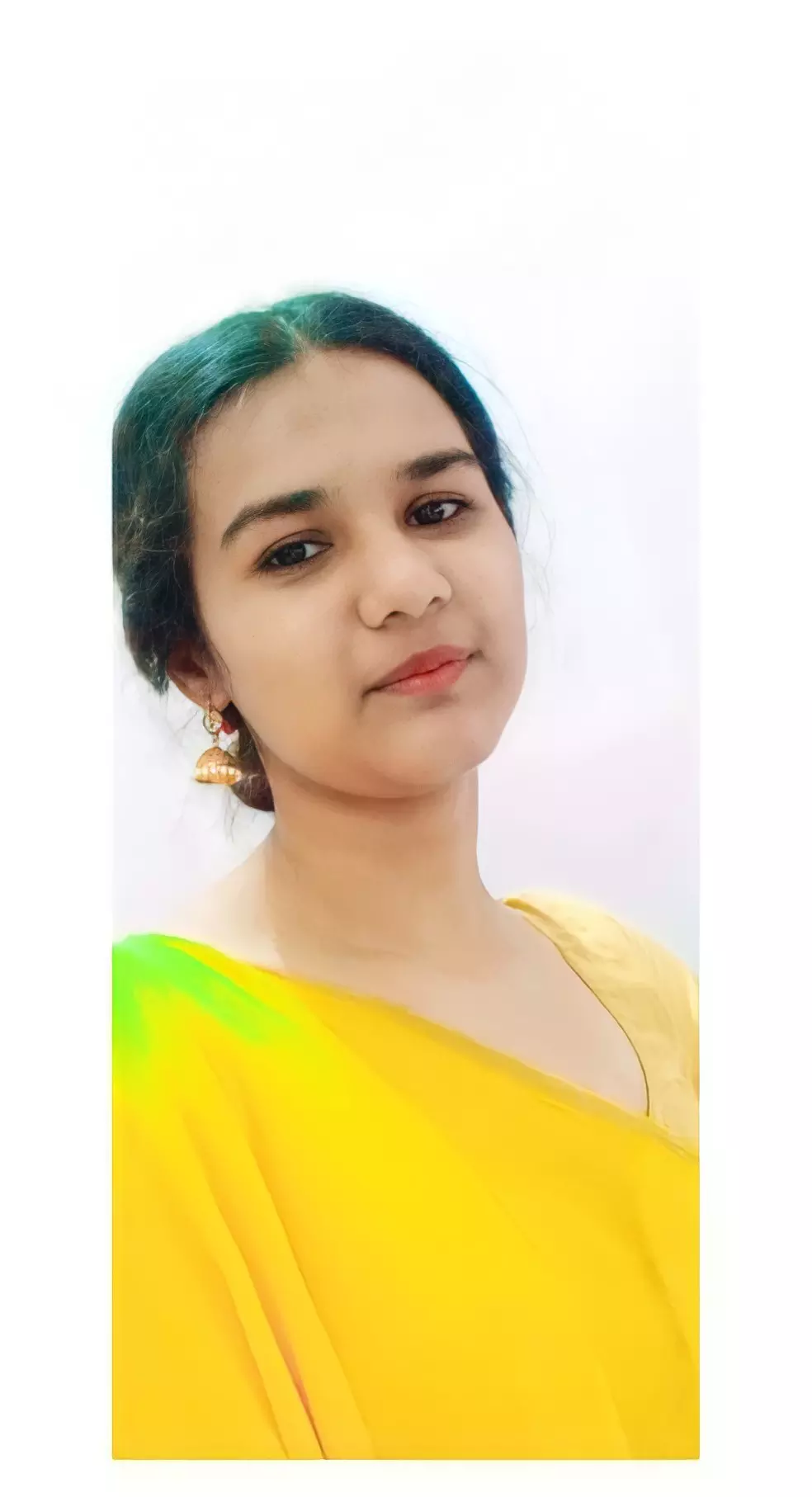TRENDING TAGS :
Navratri-Symbol of spirituality and science
According to Hindu mythology, the ancient sages made Navratri twice a year. From the first day of Vikram Samvat i.e. Pratipada (first date) of Shukla Paksha of Chaitra month till nine days i.e. Navami. Similarly, after six months, Navratri is celebrated from Pratipada of Shukla Paksha of Ashwin month till one day before Mahanavami i.e. Vijayadashami. But Shardiya Navratri is considered more important from the point of view of accomplishment and sadhana.
The word Navratri denotes nine nights (special nights). During this time new forms of Shakti are worshipped. The word 'Ratri' is a symbol of accomplishment. The ancient sages of India have given more importance the night than the day and that is why the tradition of celebrating festivals like Diwali, Holika, Shivratri, Kalratri, and Navratri has become at night only.
If there was no special significance of the night, then such festivals would have been called day instead of night. But the days of Navratri are called this not Navdin.
According to Hindu mythology, the ancient sages made Navratri twice a year. From the first day of Vikram Samvat i.e. Pratipada (first date) of Shukla Paksha of Chaitra month till nine days i.e. Navami. Similarly, after six months, Navratri is celebrated from Pratipada of Shukla Paksha of Ashwin month till one day before Mahanavami i.e. Vijayadashami. But Shardiya Navratri is considered more important from the point of view of accomplishment and sadhana.
During these days, the preachers do various types of fasts, restraints, rules, Yagyas, Bhajans, Pujas, Yoga practices, etc. to accumulate their spiritual and mental strength. Some seekers chant internal Trataka or Bija mantra to attain special siddhis during these nights by sitting in Padmasana or Siddhasana the whole night.
But nowadays, most worshipers perform Shakti Puja during the day not at night by calling the priest. This change did not only affect common devotees but Pandits and Sadhu-Mahatmas no longer want to stay awake the whole night during Navratri. Very few worshipers do rituals at night to attain self-power, mental strength and yogic power.
The mystics tried to understand and explain the importance of night from a scientific perspective. The very first reason is that many obstacles from nature disappear at night. Even modern science agrees with this. But our sages had already known these scientific secrets of nature thousands of years ago.
Understand this with an example: If a person screams during the day, it will not go far, but if the same sound is given at night, it will go longer. Apart from the noise of the day, there is also a scientific fact behind this the sun's rays during the day stop the sound waves and radio waves from moving forward. Radio is another example of this. Low-power radio stations are difficult to hear during the day, whereas even the smallest radio stations can be easily heard after sunset.
The scientific principle is behind that as the Sun's rays block radio waves during the day, similarly, the thought waves of chanting mantras are also blocked during the day. And that is why, sages also mentioned the importance of night over the day.
It is said that due to the vibrations of bells and the sound of conch shells in temples, the environment becomes free from germs.
The night holds the same scientific secrets. Keeping this scientific fact in mind, those who send their powerful thought waves into the atmosphere at night with determination and high concept, their work is definitely accomplished i.e. the fulfillment of their wish, if they do this at the right time and according to the right method as per their auspicious resolution.
According to Sanskrit grammar, Navratri is wrong because the word Navratri contains nine nights which is a group of nine nights that may called conflict compound and that is why it should be called 'Navratr'.
What is Navratr: There are four conjunctions in a year during the Earth's revolution around the Sun. Among them, the two main Navratras of the year fall in the Gol Sandhis that fall in the months of March and September. The highest possibility of germ attack increases this time. Physical diseases often increase during the seasonal seasons, hence the name of the process 'Navratr' done at that time to stay healthy, to keep the body pure, and to keep the mind pure and completely healthy.
The name 'Navratri' is meaningful due to the fasting rule from the night of Amavasya to Ashtami or from Padwa to the afternoon of Navami for nine nights. Metaphorically, our body has been said to have nine main gates. The name of the life force residing within it is goddess Durga.
As a symbol of establishing discipline, cleanliness and harmony of these main senses, the festival of purification of nine gates is celebrated for nine days to keep the body system functioning smoothly for entire year. To give them individual importance, nine days are said for nine Durgas.
During this time following the fast of sattvik diet leads to purification of the body, a clean and tidy body leads to purity of mind, good actions come from good thoughts, good character comes from actions and the mind gets purified. And that is why our ancestors said that god lives in clean mind.
According to Hindu mythology, nine days are dedicated to these nine Goddess from Padva tithi to ninth tithi means nine forms of Durga, the life force living inside the fort with nine gates: -
Shailputri
Brahmacharini
Chandraghanta
Kushmanda
Skandamata
Katyayani
Kalratri
Mahagauri
Siddhidatri
These are also related to nine herbs or special fasting things, which are used during Navratri fasting:
Buckwheat (Shailputri)
Milk-curd, (Brahmacharini)
Amaranth (Chandraghanta)
Petha (Kushmanda)
Shiamak Rice (Skandamata)
Green Vegetable (Katyayani)
Black pepper and basil (Kalratri)
Sago (Mahagauri)
Amla (Siddhidatri)



